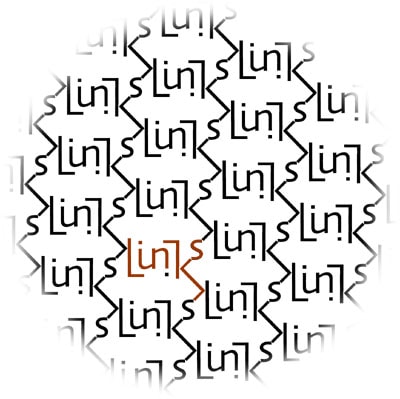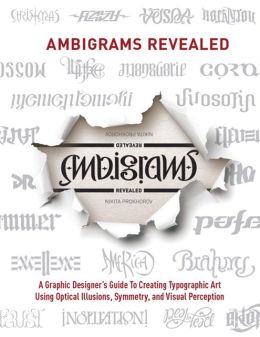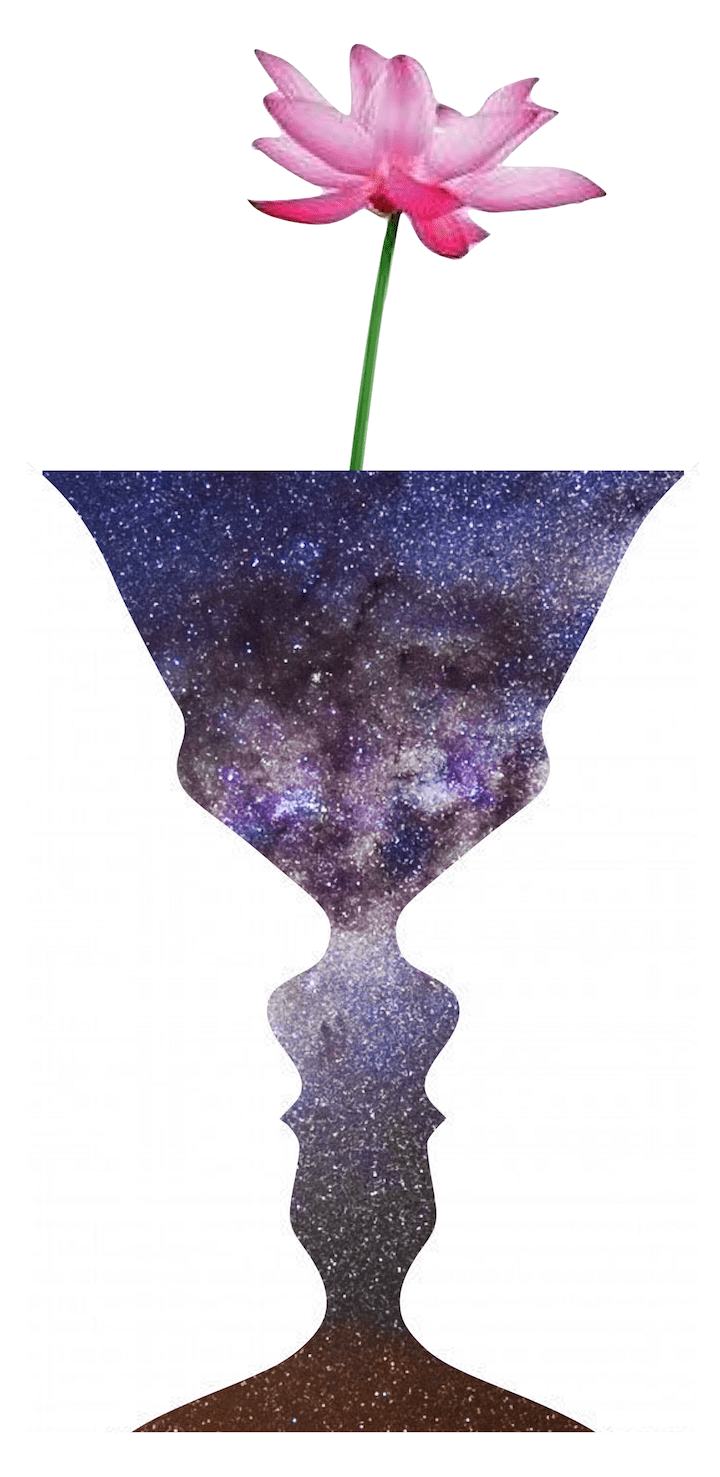Ambigrams Revealed: A Graphic Designer’s Guide To Creating Typographic Art Using Optical Illusions, Symmetry, and Visual Perception is a new book edited by Nikita Prokhorov. The book showcases the works of ambigram artists from around the world. It includes commentary, writing from some of the world’s top ambigram artists as well as case studies and tutorials.
Three of my designs made it into the book! I think for someone who does this sparingly, and as a hobby, it is just fantastic to be sharing pages with artists such as John Langdon, Scott Kim, Douglas Hofstadter and more. The three designs that made it into the book are the following:

This is a figure-ground design where the word “Jesus” is embedded within “Christ.”

This is an 180-degree rotational ambigram for the word “Paradox.” I am particularly pleased with this design because of the mapping between the letters “P” and “X” — something that, at first glance, didn’t appear to have an elegant solution.

This design for the word “links” attempts to capture the nature of linking on the world-wide-web. It is a rotational chain design that is also “space filling” in nature. In that it is akin to the tessellations created by M. C. Escher. This is a cool property of this design because it visually represents the idea that links on the web radiate in all directions not just linearly.
*******
I was also asked to respond to a few questions creating ambigrams… sadly they did not make it to the book. For for the record, are the questions I was asked and my replies.
Question 1. What to you is the most challenging aspect of ambigram design?
The most challenging aspect of ambigram design, for me, is making the design readable. At the end of the day, the proof of an ambigram is in the reading – and if a design looks cool but can’t be read, it is a failure. Finding a good legible solution is a continual battle between the distortions we have to make to the letterforms to allow for multiple readings (reflected, rotated, what have you) and maintaining legibility.
Question 2. Why do you create ambigrams?
I create ambigrams because they are a fun, intellectual and creative challenge. Even after two decades of creating ambigrams they have the ability to surprise me. On one hand, you are working within a rather limited palette of options – black strokes on a white background that need to be legible. On the other hand, it is a field full or richness and nuance. I have found that though I have become better with time (having developed better short-cuts and strategies) there is no single “best” solution that works for all words. In fact there are sometimes multiple solutions for the same word. The pleasure that comes from designing a particularly appealing ambigram is worth every moment spent agonizing over the weight and slant of a stroke to get it just right.
Question 3. What do you enjoy more: the sketch & development process of the ambigram or the end result?
Both of these are important – though over time, as I have made more and more, it is the first part that provides the greatest kick. Since I do these for a very selfish reason, to have fun (I have never made a penny from this work) finding the solution is more important to me than coming up with the most perfect final design. I love the doodling on paper, rotating the sheet to see how things look the other way around, tweaking till the design is just right.
*******




0 Comments